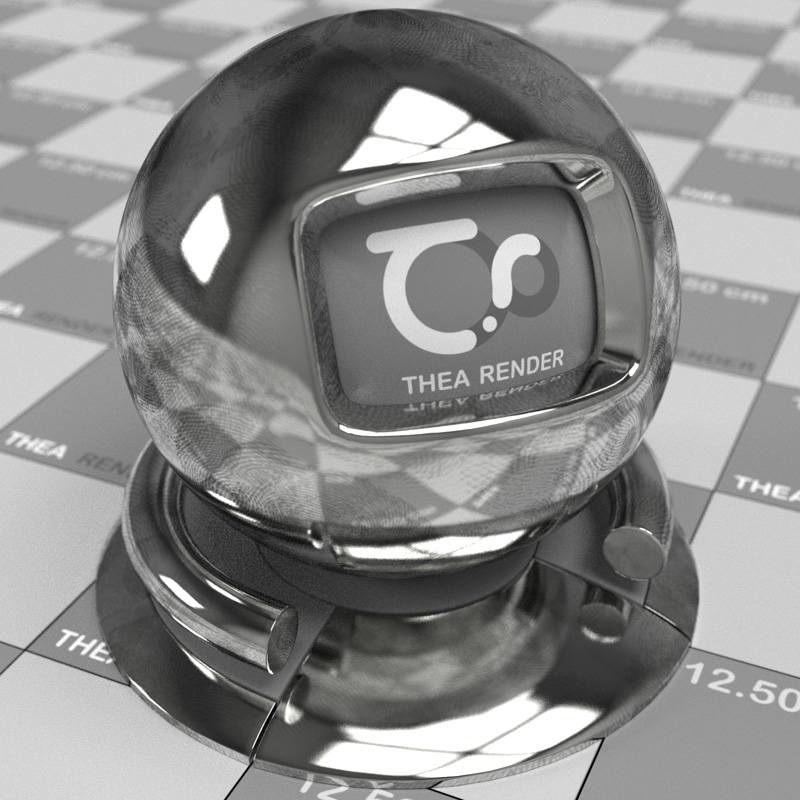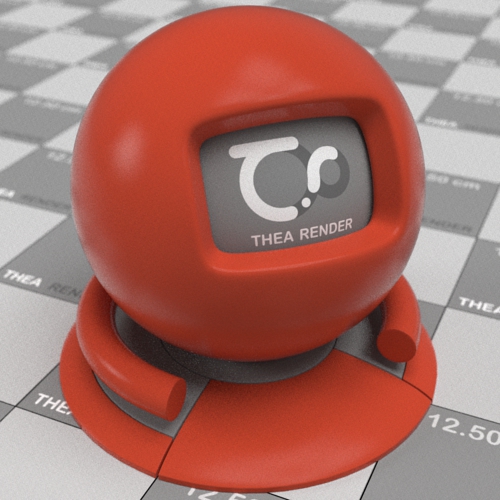Jean Prouvé - S.A.M. Tropique table - 1950
-
Ok Rich now you can do your frying.
-
No i don't own the original, i was just messing.
-
@massimo said:
Ok Rich now you can do your frying.
Hold on and I contact my egyptian hieroglyphics expert....

The fresnel version is adjusted brightness of original? Why are you using that in the Fresnel slot?
You know you now opened a can of worms again....
Another thing is that both Layer weights are 100%....does that mean they blend?
Man...advanced Thea material creation is hard, I really need to figure this shit out in my head before I go nucking futs
-
@unknownuser said:
Hold on and I contact my egyptian hieroglyphics expert....

What I meant was: you have to quit trying to understand everything and start trying something instead of giving up.

But maybe your egyptian hieroglyphics expert has a better understanding.
@unknownuser said:
The fresnel version is adjusted brightness of original?
Yes.
@unknownuser said:
Why are you using that in the Fresnel slot?
It was just a try. I wanted to introduce a slight variation on the reflection related to the angle of view. The Fresnel controls the reflectivity from 0 degree viewing angle to 90 degree viewing angle depending on the IOR value.
@unknownuser said:
Another thing is that both Layer weights are 100%....does that mean they blend?
In Thea you can use both blended and stacked layers. If the values of the weights are 100% then Thea will assign automatically 50% each. Otherwise you can put different %. In this particular case I've mixed a glossy mat (the metal) with a basic mat (just the diffuse color of the metal). If you increase the basic % and decrease the % of the glossy mat you'll have a more diffuse look. And vice versa. So simple.
@unknownuser said:
Man...advanced Thea material creation is hard,
Not hard at all, just a matter of trials & errors.
-
Where I got lost here was in the fresnel. I couldn't grasp why you would use a fresnel on metal.
Obviously it worked but when using the material ball to test materials it doesn't suit this trial and error approach, does it?
The result is perfect but my understanding of fresnel was for fabrics. This is where my confusion begins.
The layer stack system I grasp but is was always going 50/50 when the textures occupied the same layer.
I don't mean to say Thea is hard to use but its depth of options make advanced materials a science. I really want to get a firm grip on the deeper element to it.
-
@unknownuser said:
Where I got lost here was in the fresnel. I couldn't grasp why you would use a fresnel on metal.
The result is perfect but my understanding of fresnel was for fabrics. This is where my confusion begins.A typical illustration of the fresnel effect (you can use this example for the fresnel reflection too) is when you look at a pool: if you look straight down from above at a pool of water, you will not see very much reflected light on the surface of the pool, and can see down through the surface to the bottom of the pool. At a glancing angle (looking with your eye level with the water, from the edge of the water surface), you will see much more specularity and reflections on the water surface, and might not be able to see what's under the water.
Maybe just very reflective metals don't show this in reflection. Anyway I don't know how much that effect added to the mat. I'll try to delete it and see the result.@unknownuser said:
Obviously it worked but when using the material ball to test materials it doesn't suit this trial and error approach, does it?
A material is not good in itself. It depends a lot on lighting, models, environment etc of the scene. Of course a material can have a good "structure". Lets say that Thea's ball is a good "average" tool. I make the mats on Thea's ball (or another simulation scene) and then adjust them once applied in the "real" scene.
@unknownuser said:
The layer stack system I grasp but is was always going 50/50 when the textures occupied the same layer.
You don't have to worry about multiple texture on the same layer. That is automatically managed by Thea accordingly to the energy conservation law. In Kerkythea, for example, you have to assign different layers even for a simple specular map. That's a bit harder.
@unknownuser said:
I don't mean to say Thea is hard to use but its depth of options make advanced materials a science.
Well the possibilities are almost infinite. So if you think is hard having infinite possibilities then...yes, is hard.
 If you have clear from the beginning what you want to achieve then you'll learn by trying and especially by looking at how good mats are made.
If you have clear from the beginning what you want to achieve then you'll learn by trying and especially by looking at how good mats are made. -
Thea allows that you can give this material to Rich or he must rebuild it? (Copyright licence ? )
-
Pilou, I have no problem at all in sharing materials. I've done that many times. However I think it's more fun trying to rebuild it.

-
-
@rich o brien said:
The result is perfect but my understanding of fresnel was for fabrics. This is where my confusion begins.
Custom fresnel has other uses too, for example it can be used to create a car-paint that changes the color based on viewing angle... it's not only the reflectance color tham can be changed, but curve itself can be modified (there some preset when you right click on custom curve area, when it's enabled)
I think massimo got a novel idea to use it with these finger prints.

-
So much to learn.... so little time

-
Rich here you have some experiments to play with on a bit unorthodox use of the fresnel effect.
Just a fingerprints map in the fresnel reflectance slot with a custom curve...

...the same material with a roughness map added in order to enhance a bit the effect.

Of course you can do almost the same using the map in the reflectance slot, but here the effect is more subtle and slightly changes in relation to the angle of view. -
And here you can see the fresnel effect in reflections on some aged plastic.

-
You can definitely see the impact the roughness map has on the fingerprints. If find just the fresnel looks the best.
Is the tweaking of the custom curve just a hit and miss affair? I can see the presets but is there info somewhere on this?
-
@unknownuser said:
I can see the presets but is there info somewhere on this?
As far as I know for Thea you have just this at the moment. But of course you can find something searching on the net.
-
Thanks for that.
@everyone...
sorry for spoiling this thread with meaningless banter that should occur over on the Thea forums
-
Anyway the concept is basically that at a 0° deg angle you can see reflections coming from what you have in the reflectance slot, and at 90° deg angle you'll see reflections coming from what you have in the fresnel slot. Adjusting the curve you can change this transition/balance relating to the viewing angle (in the x axes you have the degrees). Here you have the same plastic with a different curve. As you can see the transition in reflections is more abrupt from 0° to 90° deg because the curve goes from 0° to 90° deg more drastically.

-
How have you the Structure box in the same area as the Scatter box?
Another off topic query....

That explanation makes perfect sense.
-
@unknownuser said:
sorry for spoiling this thread with meaningless banter that should occur over on the Thea forums
Well I think that many rendering app (for example Vray & Maxwell) support something like that. So maybe interesting also for non-Thea users.

-
@rich o brien said:
How have you the Structure box in the same area as the Scatter box?
Another off topic query....

That explanation makes perfect sense.
Control + Left Click (on Layer/Scatter/Struct buttons). Merge layer/scattering/structure properties listed in a single panel.
Advertisement







